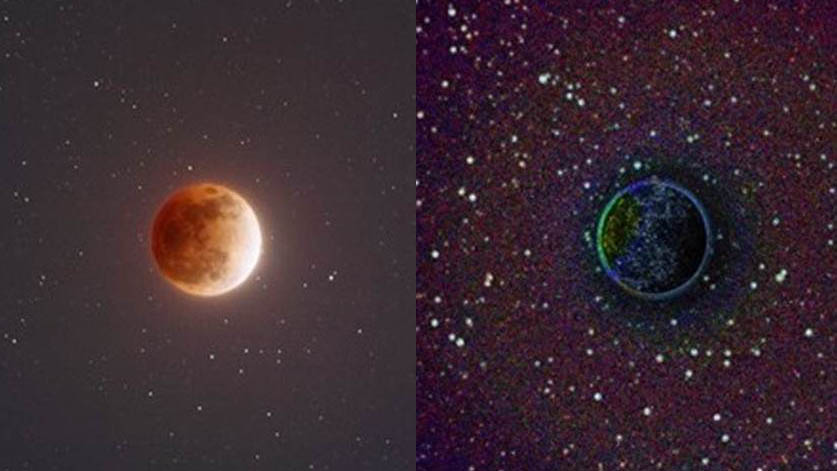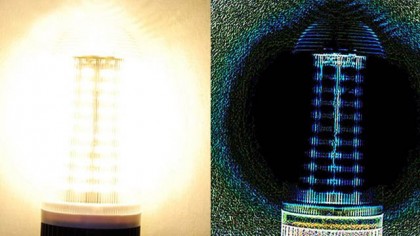New image algorithm could lead to better fingerprint readers and self-driving cars
Seeing is believing

Engineers from the University of California, Los Angeles have published a new image processing algorithm, which they say enables computers to pick out even more detail than ever before. This could lead to improvements in fingerprint and facial recognition, and even self-driving cars.
The way the so-called Phase Stretch Transform algorithm works is that it identifies the edges of objects, then detects and extracts individual features. It can even "see" parts of images that the human eye cannot - such as the extra stars hidden in the image above, or the internal structure of the lamp below, which would otherwise be drowned out by bright lights.

Blood-shot
Interestingly, it was developed by scientists initially for ultra-fast image processing that can detect cancer in blood but now the scientists, who are led by electrical engineering Professor Bahram Jalali, have released it for wider use.
The speculation is that it could mean fingerprint locks are more secure, as secure systems will be able to extract more data from our prints. And it could even be used to help autonomous vehicles stay safe, as more details could conceivably be quickly extracted from a car's field of vision.
The code behind it has been posted on both Github and Matlab File Exchange - so don't be surprised if we start seeing it used behind the scenes in all sorts of popular apps.
By making it open source, the hope is also that developers will help further improve the algorithm.
(Via Gizmodo.)
Sign up for breaking news, reviews, opinion, top tech deals, and more.